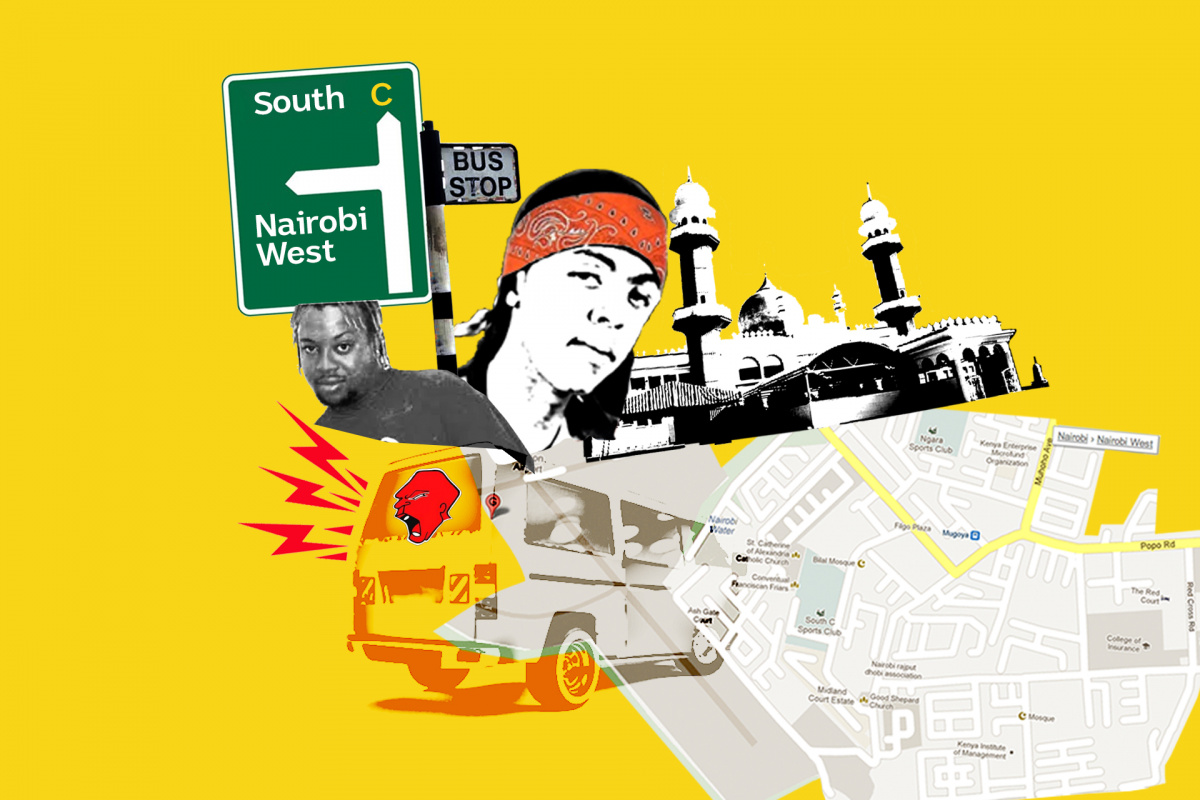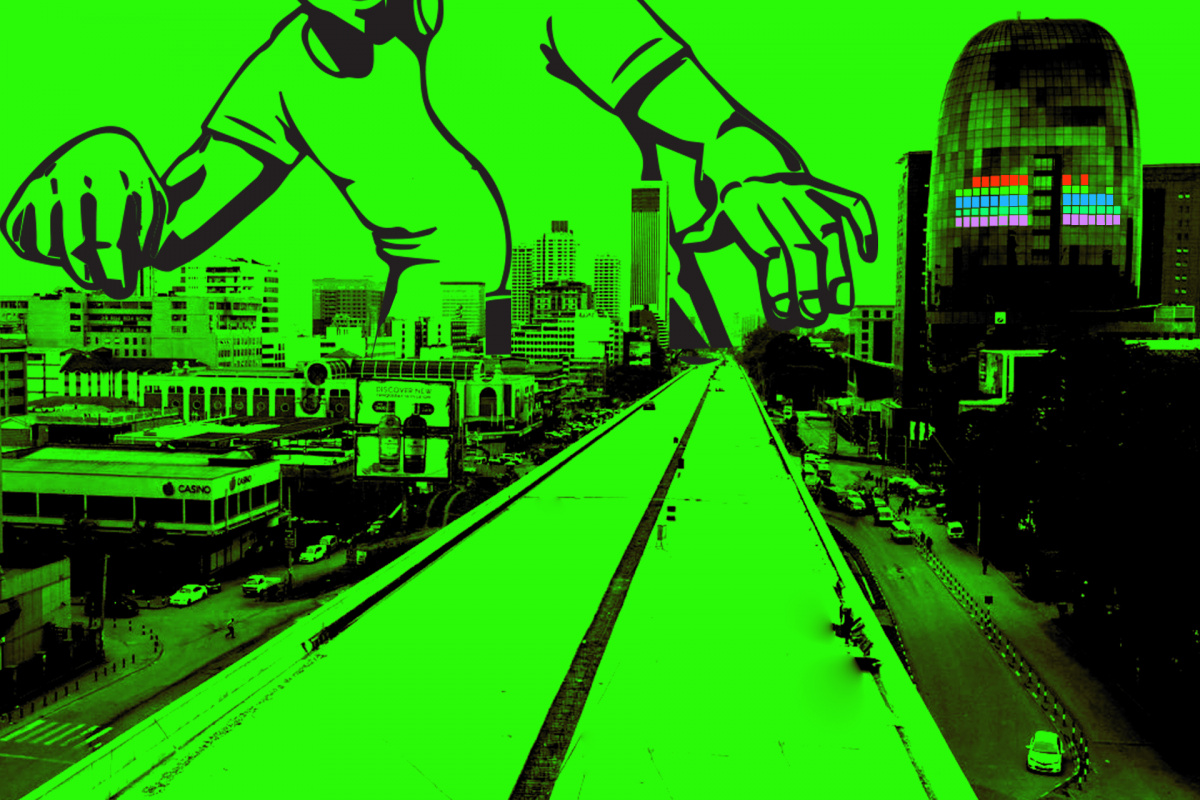
What Remains? – A Nairobi West Nostalgia
Somewhere along the way, Nairobians got tired of «conscious» rap, around the time when a new political regime ushered in a wave of optimism. In Nairobi West/South C area in the mid-2000s, the city’s middle class went all in, with superstars like the late great E-Sir the life of the new party. Fast forward two decades later, the «Boomba» scene is long gone, the music only played in «throwback» sessions. What changed?
Starting at the townhouses across City Stadium, right on the edge of the city’s industrial area, heading southwards, you’d walk past pubs atop retail and wholesale shops, hotels, an old cinema turned church, a Hindu temple, and schools. You’d pass open pans with tilapia frying in them, fresh fruit and vegetable vendors, and 14-seater matatu vans crawling along the curbs for «just two more» passengers. Arriving at the adjacent neighborhood, South C, you’d pass a mosque, churches, a YMCA center, a children’s home, more schools, hospitals, clinics, chemists, and kiosks. In these neighborhoods, originally housing Nairobi’s 1970s and 1980s middle class, commerce is alive. This, along with the never ceasing humdrum of construction works, and roads choking with traffic, is the sound of it. When rain falls, suffocating streams and rivers vomit their contents onto the road surfaces.
The Home of the Party
Over twenty years ago, this part of Nairobi launched itself as the home of a new party sound that was to dominate its time. This sound – inventive, defiant, and carefree – made joy out of the quotidian, expressing a new confidence. Nairobi’s nineties and noughties arts and entertainment scene was buoyed by the shift from a single national radio and television broadcaster and chief tastemaker, to a plethora of radio and TV stations competing for an urban youth audience. Significantly, this was also the time of the end of the 24-year reign of the unpopular Daniel Arap Moi, and for a time the country was charged with a palpable optimism.
K-rupt, one of the stars of a new generation of party rappers from the district, who would die at the height of his success, belted out, «Twende tukawake huko Nairobi West, tupitie South C’» (let’s go get drunk in Nairobi West, we’ll pass by South C). Even if one never heeded this call, frequent mental pilgrimages occurred each time one bopped their head to the inviting beat. The music, produced by the mythical production team, the Ogopa Djs (nobody quite knows how many they were or how they looked), beckoned those aching to celebrate a Brave New Era at famous bars and clubs of Nairobi West. Having lived through the vagaries of Western-imposed structural adjustments programs, an HIV and AIDS crisis, and the single party state, some were all limbs, and by all means leaping into the possibility of a new normal, new freedoms. The songs – including shout outs to radio presenters, product placement, brazen shows of fashion, and new party venues – all sought to be party anthems. The singers mocked liars, pined for lovers, made humor out of heartbreak, and boasted about everything. This was unrepentant party music, separate from the impetus to create «conscious» or moralistic art.
Singers like Amani, Wahu, and Nazizi, Wyre, and Bamzigi of the Necessary Noize trio embodied a distinct Kenyan pop, hip hop, and reggae sound. Alongside the late E-Sir – the indisputable OG of the South C/Nairobi West scene and urban party music in Nairobi, known for his moniker «South C’s Finest», and Nameless, his then side-kick – would immortalize this age with «Boomba Train», a party anthem which still reverberates wherever there are nostalgic revelers – the only place you will hear the Nairobi West/South C sound today.
Something Changed
Wherever the party is, it has been gone from here for a while now. I suspect it’s got something to do with a change in mood – the exuberant optimism of the E-Sir/Ogopa era gave way to cynicism at the sameness of things: new political elites reproducing the same old deceit and disappointment. Then again, age catches up and there’s new party music elsewhere in the city.
This article is part of the virtual exhibition «Norient City Sounds: Nairobi» curated and edited by Raphael Kariuki and Kamwangi Njue. This text is one of three about three broadly defined Nairobi districts significant in the story of its music.
Biography
Shop

Published on May 06, 2022
Last updated on August 25, 2022
Topics
Special
Snap


